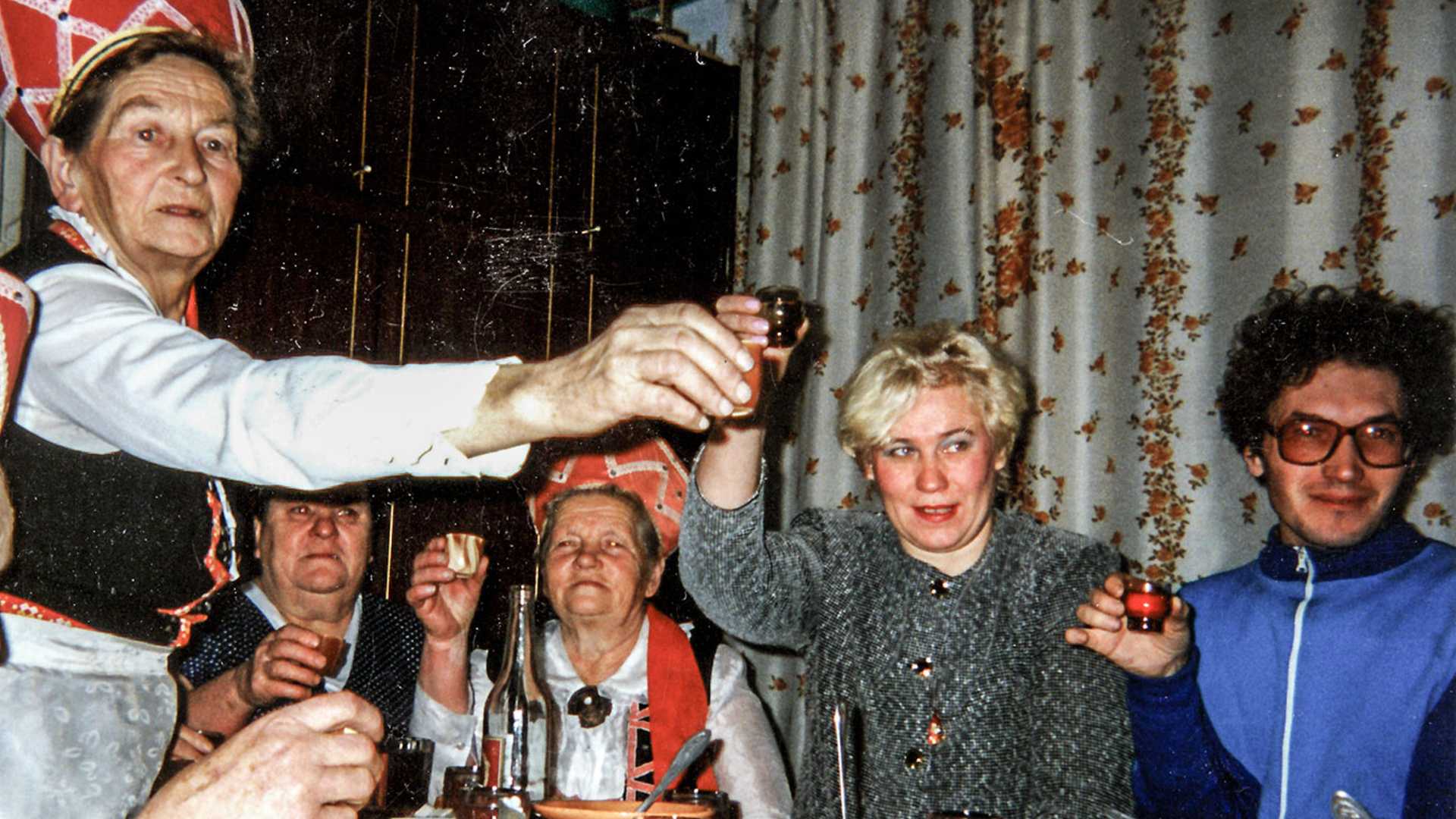This party wasn't in Estonia, but in Tomsk oblast in western Siberia. Surveying the online collection of “Songs of Siberian Estonians”, based on a 2005 CD of the same name published by the Estonian Literary Museum, there are many more examples of songs like this. Performed by Estonians in Russia.
When talking about Siberia, the deportation of Estonians to forced labour camps there during and after the Second World War is likely the most associated thought. However, as Anu Korb (Senior Researcher of the Estonian Literary Museum) explains in the online collection she compiled, Estonians were in Siberia since at least the 1700s. Korb states, “From the first half of the 19th century, the numbers of convicts and forced labourers sent to Siberia started to increase dramatically… With the core settlements becoming overcrowded, new ones were established primarily along ethnic lines.”
Prior to the First World War and Russian Civil War, Estonians in Siberia were able to maintain a relatively comfortable existence, with collections of towns that practiced regional Estonian traditions and language. But in the subsequent decades of war and instability, residents left these towns for cities or returned to Estonia. The recording of these people's music, stories, and dances was done between 1991 and 2012, offering a glimpse into this far away community. The lyrical content may be perplexing to listeners now, but it is a record of what they believed and what was on their minds. It gives us an idea of how old songs like these became the soundtrack to their lives as they proceeded through good and bad times alike.
One song that I found interesting was “Kui mina alles, umpa-umpa”, a song about a boy named Juku, who makes a pipe and is caught smoking by his younger sister. When Juku's parents find out, they break the pipe he made. The song is sung by Pauliine Frei, Linda Grigošina, Ilda Holland, Aine Kislova, and Elfriede Paukson in the town of Tsvetnopolye, with Juri Netsel on mandolin and Valeeri Talvik on accordion. It's a boppy tune with a narrative that could just as easily have taken place today with a misbehaving teenager.
To learn Estonian folk songs like this one, to keep singing them and teach others how to sing them, is not easy even with accessible internet. Estonian folk music doesn't always show up on song lyric sites or streaming platforms. It takes some digging to find the songs' chords and lyrics. Even more difficult to find is sheet music with melodies. So it's impressive to hear audio resources recorded by the Estonian Folklore Archives. The fact that these Estonians were able to keep the music going long enough to share it with researchers in the field means there is a capsule of cultural knowledge to inform the new work of musicians even 100 years from now.
Whether you have an encyclopedic knowledge of Estonian folk songs or haven't heard these songs before, there is much to learn about on this website.
This article was written by Vincent Teetsov as part of the Local Journalism Initiative.




